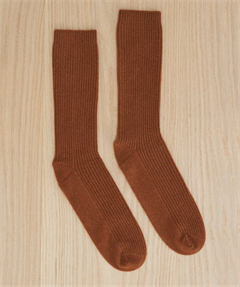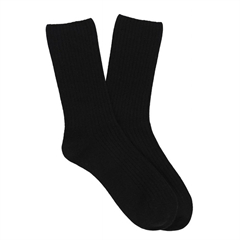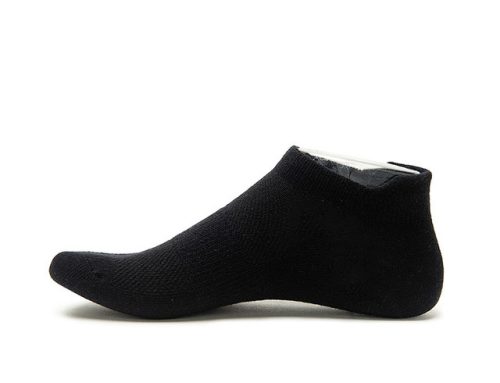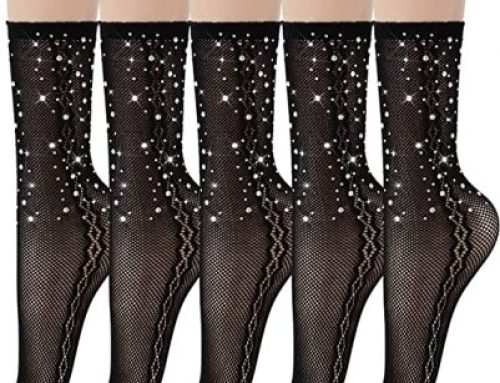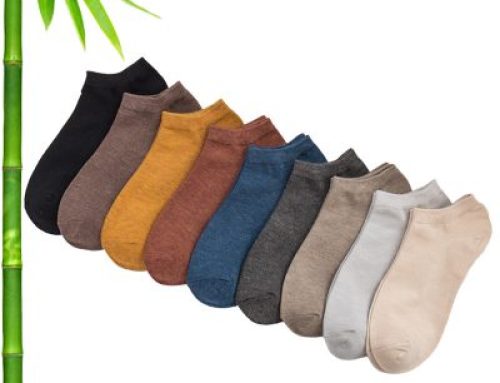When it comes to comfortable socks, the choice of materials plays a crucial role. The right materials can enhance comfort, breathability, moisture-wicking, and overall durability. Here are some of the best materials for women’s socks:
- Cotton: Cotton is a popular choice for everyday socks due to its softness and breathability. It absorbs moisture and keeps your feet dry, making it suitable for various activities. However, 100% cotton socks might not be as moisture-wicking as blends.
- Merino Wool: Merino wool is a natural fiber known for its exceptional moisture-wicking properties and temperature regulation. It’s great for both warm and cold weather as it keeps your feet dry and comfortable while also providing insulation.
- Bamboo: Bamboo fibers create soft, lightweight, and breathable socks. Bamboo is naturally moisture-wicking, making it a good choice for keeping feet dry and odor-free.
- Synthetic Blends (Polyester, Nylon, Spandex): Many socks incorporate synthetic fibers like polyester, nylon, and spandex to improve durability, stretch, and moisture-wicking. These blends are often used in athletic and performance socks.
- Modal: Modal is a semi-synthetic fiber made from beech trees. It’s known for its softness, moisture-wicking abilities, and resistance to shrinking and fading.
- Microfiber: Microfiber socks are lightweight, soft, and durable. They wick moisture away from the skin, making them suitable for active pursuits.
- Coolmax: Coolmax is a moisture-wicking fabric often used in athletic socks. It’s designed to keep your feet cool and dry during physical activities.
- Cashmere: For luxurious comfort, cashmere socks are incredibly soft and warm. They’re a great option for colder seasons.
- Silk: Silk socks are lightweight, soft, and have natural moisture-wicking properties. They’re often used for dressier occasions.
- Alpaca: Alpaca wool is known for its warmth and softness. It’s naturally hypoallergenic and wicks away moisture effectively.
- Combed Cotton: Combed cotton undergoes an extra refining process, removing impurities and short fibers. This results in a softer and smoother texture.
When looking for comfortable socks, it’s important to consider not just the material, but also the sock’s construction, fit, and any additional features like cushioning, arch support, and seamless toes. Remember that personal preferences can vary, so it’s a good idea to try out different materials and styles to find what works best for your comfort needs. Additionally, make sure the socks are the right size for your feet to ensure a comfortable fit.
